Our team of specialists and staff believe that informed patients are better equipped to make decisions regarding their health and well-being. For your personal use, we have created an extensive patient library covering an array of educational topics. Browse through these diagnoses and treatments to learn more about topics of interest to you. Or, for a more comprehensive search of our entire Web site, enter your term(s) in the search bar provided.
As always, you can contact our office to answer any questions or concerns.
Some of the top foot problems are:
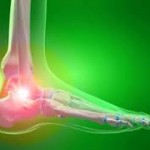
Ankle Sprains
Ankle sprains are caused by an unnatural twisting or force on the ankle bones of the foot, often resulting in one or more ligaments on the outside of the ankle to be stretched or torn. If not properly treated, ankle sprains could develop into long-term problems. Read More
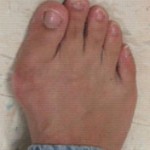
Bunions
Bunions are misaligned big toe joints that can become swollen and tender, causing the first joint of the big toe to slant outward, and the second joint to angle toward the other toes. Read More
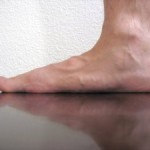
Flat Feet
Flat feet are a common condition. In infants and toddlers, the longitudinal arch is not developed and flat feet are normal. The arch develops in childhood, and by adulthood, most people have developed normal arches. Read More
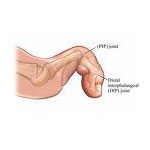
Hammertoes
Hammertoe is a deformity of the second, third or fourth toes. In this condition, the toe is bent at the middle joint, resembling a hammer. Left untreated, hammertoes can become inflexible and require surgery.
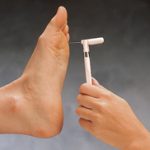
Diabetes and Your Feet
With a diabetic foot, a wound as small as a blister from wearing a shoe that’s too tight can cause a lot of damage. Diabetes decreases blood flow, so injuries are slow to heal.
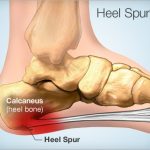
Heel Spurs
Plantar fasciitis (or heel pain) is commonly traced to an inflammation on the bottom of the foot. Our practice can evaluate arch pain, and may prescribe customized shoe inserts called orthoses to help alleviate the pain.
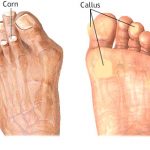
Corns
Corns and calluses are protective layers of compacted, dead skin cells. They are caused by repeated friction from skin rubbing against bony areas or against an irregularity in a shoe. Corns ordinarily form on the toes and calluses on the soles of the feet.

Athlete’s Foot
A chronic infection caused by various types of fungus, Athlete’s foot is often spread in places where people go barefoot such as public showers or swimming pools.

Ingrown Nails
Toenails whose corners or sides dig painfully into the skin. Ingrown toenails are frequently caused by improper nail trimming, but also by shoe pressure, injury, fungus infection, heredity and poor foot structure. Women are much more likely to have ingrown toenails than men. Ingrown nails can be prevented by trimming toenails straight across, selecting proper shoe style and size – not too tapered or shallow – and paying special attention to foot pain.
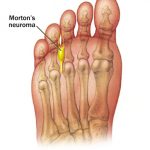
Neuromas
Enlarged benign growths of nerves, most commonly between the third and fourth toes. They are caused by tissue rubbing against and irritating the nerves. Pressure from ill-fitting shoes or abnormal bone structure can also lead to this condition. Treatments include orthoses (shoe inserts) and/or cortisone injections, but surgical removal of the growth is sometimes necessary.
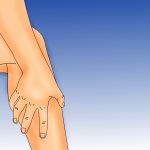
Shin Splints
Pain to either side of the leg bone, caused by muscle or tendon inflammation. It is commonly related to excessive foot pronation (collapsing arch), but may be related to a muscle imbalance between opposing muscle groups in the leg. Proper stretching and corrective orthoses (shoe inserts) for pronation can help prevent shin splints.
We diagnose and treat a variety of podiatric conditions, including the following:
- Ankle Sprains
- Achilles tendonitis
- Allergic contact dermatitis
- Athlete’s foot
- Bunions
- Calluses/corns
- Diabetic foot care
- Flatfoot (fallen arches)
- Ganglions
- Haglund’s deformity
- Hallux limitus
- Hammertoes
- Heel pain/fasciitis
- Infections
- Injuries
- Ingrown toenails
- Metatarsalgia
- Morton’s neuroma
- Onychomycosis (nail fungus)
- Osteoarthritis
- Pediatric foot care
- Plantar warts
- Plantar fasciitis
- Posterior tibial dysfunction
- Rheumatoid arthritis
- Running injuries
- Sesamoiditis
- Sprains/strains
- Tarsal tunnel syndrome
- Taylor’s bunion
- Tendonitis
- Toe deformities
- Xerosis
